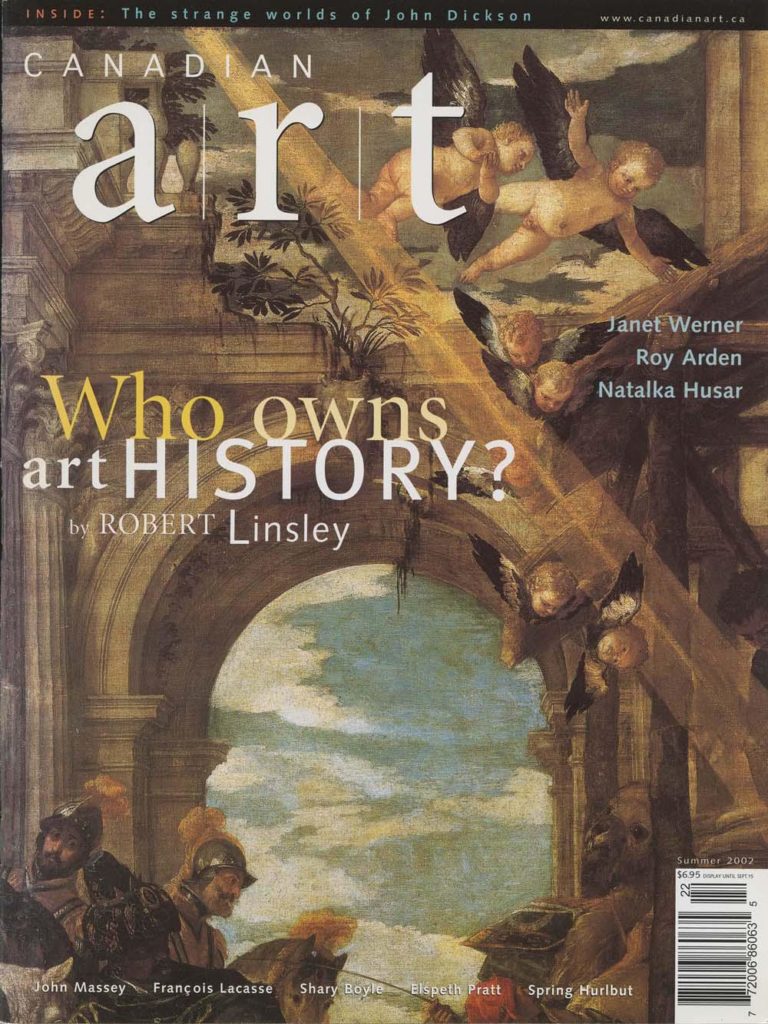This article is something of a book review, although it is more than that. It is about the prospects for painting, and its retrospects—about how painting is represented in art history and how those representations can help to get us into the future. So though the books are under review, the practice is definitely under construction.
It might be useful to start with the observation that the first art historians were artists. Art training has always been studio lore—the myths and traditions that give the student a consciousness of history and hence a way of understanding their own ambition. But it’s also hard to differentiate between art history and theory, because talking about what matters in a work involves talking about the artists of the past, and this is what all artists do when they get together. It’s not necessary to be formal and write it down, but when Vasari, Joachim von Sandrart and Joshua Reynolds—to cite a few—did just that, they started something that we now know as the autonomous discipline of art history. This could be defined as the more-or-less rigorous compilation and comparison of artistic perspectives—in other words, a systematization of the ongoing studio conversation.
So begins our Summer 2002 cover story. To keep reading, view a PDF of the entire article.









